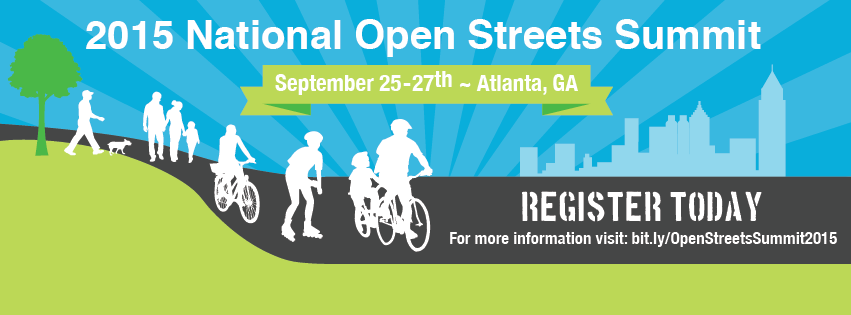Mike Lydon is a Principal of The Street Plans Collaborative, a co-organizer of the Open Streets Project and the National Open Streets Summit.
What do Bangalore, India; Cape Town, South Africa; and Peterborough, Ontario have in common? Open Streets!
With hundreds of others, these three cities have recently joined a fast-growing international trend that Gil Penalosa described recently as being at the tipping point. While we're clearly in the midst of a global movement to reclaim streets, it’s worth noting – and perhaps a little surprising – that open streets actually began right here in the United States.
Back in 1965 – nearly a decade before Jaime Ortiz initiated Bogota’s famed Ciclovia – Seattle closed several miles of Lake Washington Boulevard to motorists and opened it up for people to bike, walk, jog… do just about anything but drive a car. This summer, “Bicycle Sundays” is celebrating its 50th anniversary with 12 days of car-free activity. Alongside two other installations of “Summer Parkways”, Seattle has quietly developed one of the more robust and most historic open streets programs in the United States.
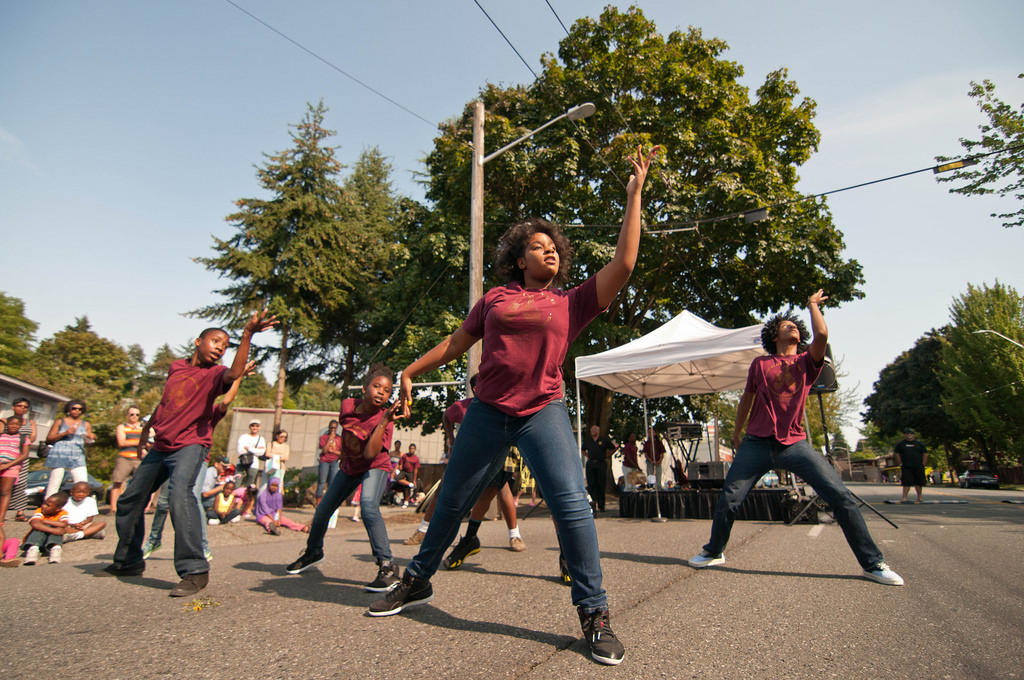
Seattle Summer Parkways
Fortunately, the Emerald City is no longer alone. While several other low-key open streets-like efforts occurred in large city or regional parks in North American cities in the subsequent four decades, it was the work of a small organization in Cleveland – go Cleveland! – that managed to adapt the full programming and neighborhood-to-park connectivity inspired by Bogota’s Ciclovia to the American context. Dubbed Walk + Roll, the open streets concept was designed to appeal to a much wider demographic, drawing in more than just weekend cyclists. This advancement, coupled with a 2007 Streetfilms (234,000+ views and counting) showing off Bogota’s thriving weekly program, helped modernize and expand the open streets concept in the country where it all started.
Since 2007, more than 120 similar open streets initiatives have been jumpstarted across North America. At Street Plans, we’ve been promoting and tracking this movement since 2009. In 2011, we joined forces with our partners the Alliance to formalize the Open Streets Project. In 2013, we launched the Open Streets Summit in Minneapolis. Now in its third year, this year’s Summit will tap the knowledge of more than the 100 participants (our largest Summit yet!) and look to Atlanta’s inspiring Open Streets program, Atlanta Streets Alive. Led by the Atlanta Bicycle Coalition and now in its 6th year, Streets Alive happens three or four times a year and can attract more than 100,000 participants!
Based on our ongoing open streets research, Atlanta’s successes are being enjoyed in dozens of other communities, too. In fact, here are five trends that are currently impacting open streets that will no doubt be a big part of the conversation at the 3rd National Open Streets Summit.
#1 Test Before You Invest
As cities and citizens look to test out new types of street infrastructure, it’s no secret that low-cost demonstration projects are being undertaken across the country. In the past few years, open streets have become a wonderful platform for exposing thousands of people to the possibility of changing city streets so they meet the needs of people walking and bicycling. Far better than any Tuesday night planning meeting, open streets allow for what I call “renderings in real-time,” which effectively bring planning concepts to a much broader audience.

Pop-up event in Minneapolis, MN
In Los Angeles, the Department of Transportation uses open streets as a participatory and experiential planning tool that sits on the front end of a process that uses a number of physical interventions designed to inform longer-term change for the city’s streetscapes. In Minneapolis, where there are now eight open streets spread across the city during the summer months, the local Bicycle Coalition has used the open streets to test protected bikeway and intersection treatments, which helps build interest and demand for safer streets.
#2 Small Cities Do It Too
Jaime Lerner, an architect, author, and the former Mayor of Curitiba, Brazil once wrote: “The lack of resources is no longer an excuse not to act.” One of the most significant assets of open streets is that it’s not just for large cities with equally sized resources. Another discernible and recent trend is the rise of open streets in dozens of smaller cities, suburbs, and towns, proving that open streets can scale to communities of any size.
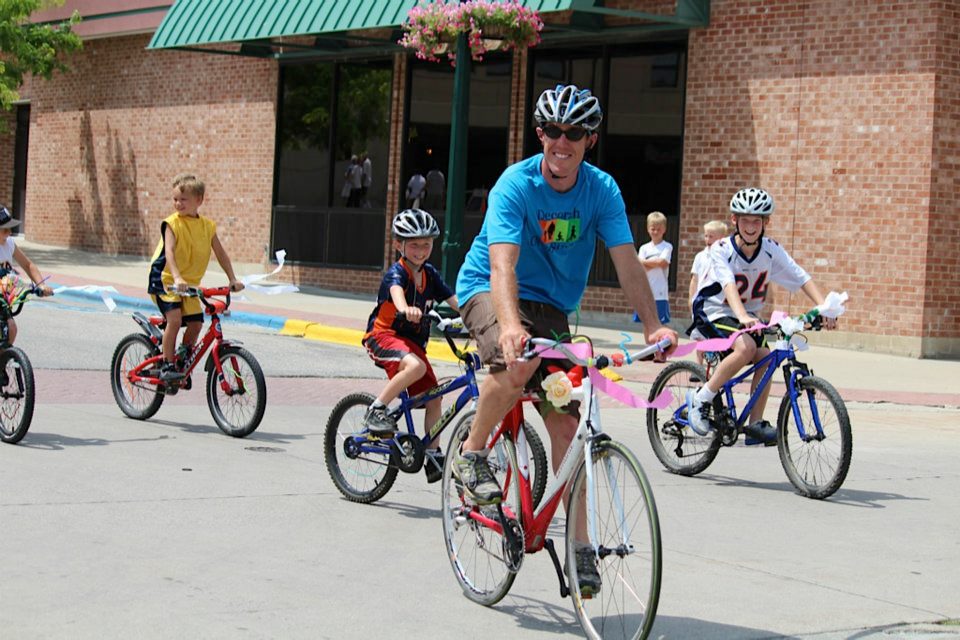
Decorah (Iowa) Open Streets
Immokalee, FL (pop. 24,154); Wilsonville, OR (pop. 21,484); Buffalo, MN (pop. 15,825); and Decorah, Iowa (pop. 8,089) are just a few of the inspiring examples that you can read about on the Open Streets Project website. If you don’t see your community’s open streets program here, add it today! Or, if you're just getting started, attend the upcoming Summit in Atlanta and learn about how other small cities and towns are making open streets happen.
#3 Bring the Data
“In God we trust; all others must bring data,” said the statistician W. Edwards Deming. In today’s data-hungry culture and results-driven funders, opens streets evaluation methodologies have become a critical part of any organization’s program. No longer content with large attendance numbers and all of those smiling faces, open streets data collection and evaluation efforts are becoming more robust. Whether understanding retail sales, participation numbers, or levels of increased physical activity, evaluation efforts are helpful in showing where there is success and where improvements can be made. Helping establish these metrics and methodologies are a small group of researchers who have established helpful toolkits.
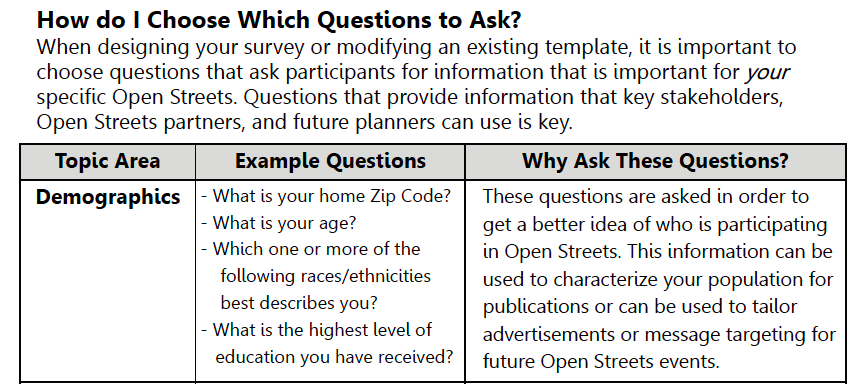
From the Open Streets: Measuring Success toolkit
To get started, check out the Open Streets: Measuring Success Toolkit, the Evaluation section of the new Open Streets Healthiest Practice Toolkit from 8-80 Cities, or peruse the Evaluation & Benefits Resources page on The Open Streets Project website. And attend the Open Streets Summit for sessions on evaluation best practices from researchers in the field who have worked with their local initiatives.
#4 Money, Money, Money
Over the past seven years, government departments, non-profit organizations, and health providers large and small have done a tremendous job launching open streets programs. However, the sustainability of these efforts still remains tenuous in many cities. Shoestring budgets, disappearing grants, and/or wavering political support continue to threaten a city’s ability to maintain and/or expand open streets initiatives.
 Police at the New Brunswick Ciclovia (speaking of success in smaller towns — read a preview of their Open Streets Summit presentation here)
Police at the New Brunswick Ciclovia (speaking of success in smaller towns — read a preview of their Open Streets Summit presentation here)In the United States, the largest portion of any given open streets budget goes towards paying for police presence. The irony of many communities struggling to create safe streets – even temporarily – because of, you know, safety remains hard to swallow. Here, we once again agree with Gil Penalosa that these costs can and should come down dramatically. How do we do that? Join us at the Summit in Atlanta for further discussion on this critical topic.
#5 Frequency, Frequency, Frequency
The money major challenge creates a second common hurdle: frequency. Open streets provide a transformative experience for participants and have been shown to create numerous benefits to all who attend. But it’s hard to achieve lasting economic, health, and social benefits without consistency. In North America, Seattle, San Francisco, Ottawa, and Minneapolis have some of the most robust seasonal programs. Still, moving these to monthly or, better yet, weekly (in warmer months at higher latitudes) would ensure long-term benefits accrue for as many people as possible.
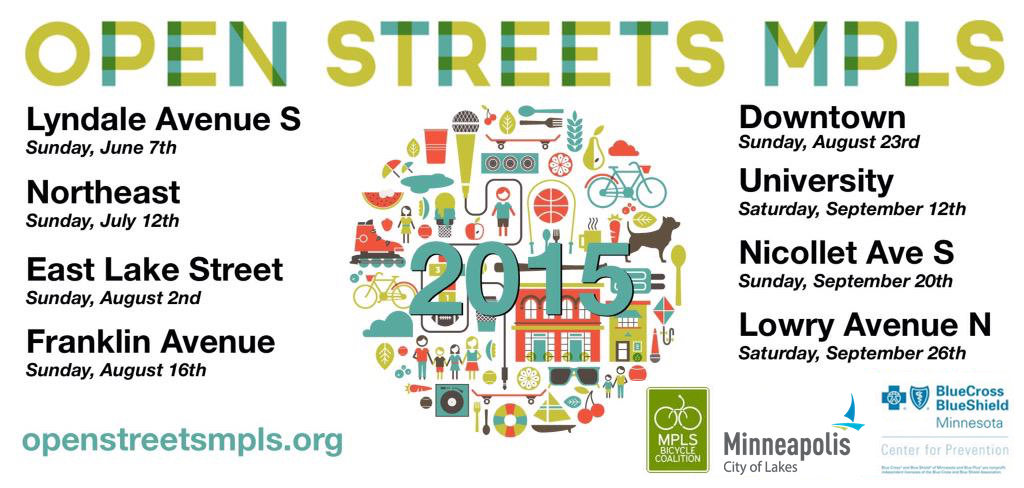
Join us in Atlanta to share trends from your community!
This fall, we invite you to join us and more than 100 other passionate open streets organizers, advocates, and leaders from around the world to discuss recent trends and to tackle the largest challenges. Atlanta will be an inspiring host city for this event, so whether your community is looking to initiate its first open streets or trying to expand an existing program’s funding and frequency, we invite you to Atlanta to join in the open streets revolution!
Don't forget: The deadline to apply for scholarships is August 7, and early-bird registration ends August 14! Learn more and register here.

